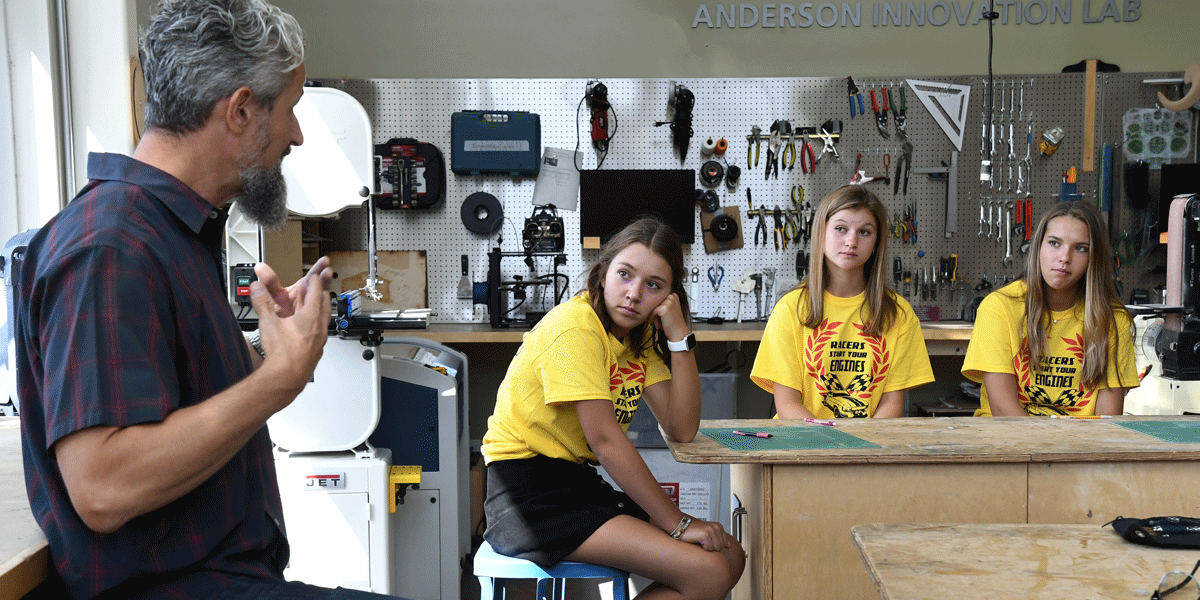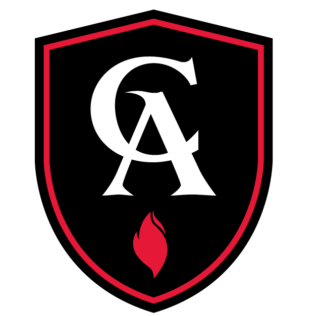An inch deep and a mile wide? Or a mile deep and an inch wide?
One of the ongoing debates in education revolves around the question of breadth versus depth. Is it better to expose students to many concepts (breadth) or to foster a deeper exploration into fewer topics (depth)? Not surprisingly, consensus has not been reached, but certainly the trend in the past decade is towards deeper learning.
In recent years the Mastery Transcript Consortium (MTC), about which I have written in previous articles, has received widespread attention and has helped direct conversation towards mastery-based or competency-based curriculum. This curricular movement emphasizes depth of learning such that students reach certain competency levels as established by their teachers. Those who espouse this model argue that students develop better long-term learning strategies and critical thinking if they are allowed to go deeper into fewer total topics, especially when given some freedom to pursue areas of interest and passion. When educators strive for depth over breadth, the argument goes, they increase both student agency (the means by which students control their own learning) and engagement.
One of my go-to sources for the latest in educational research is Edutopia, the vast website sponsored by George Lucas of Star Wars fame. In a December article, one of Edutopia’s contributors, Emily Kaplan, touted the advantages of mastery in the context of student-directed learning: “Ultimately, the shift [in education ] . . . is less about specific practices and more about a shift in priorities: away from immediate outcomes and toward a messier, unfinished, and deeper form of understanding.”
Deep learning at CA
In Colorado Academy’s Upper School, you will see more evidence in all classrooms and all disciplines of “messier” learning than you might have seen in past years. More often now, teachers and students team up to learn content areas in a more open-ended, exploratory way. In this model, the process and the journey are just as important as the end results. As a result, we see more collaboration (students working in pairs or teams) and more self-reflection, as students ask themselves why and how they are doing what they are doing.
But we all know mastery or even competency are tricky goals to achieve. What exactly do we mean by mastery, and how do we know a student has achieved it? Setting those benchmarks clearly and providing consistent, meaningful feedback are essential. That takes extensive work on the teacher’s part on the front end, as well as during the process, and typically involves the development of detailed learning rubrics.
So the tension between depth and breadth, as well as the corollary debate of teacher-directed instruction versus student-directed learning, remains. I would like to think Colorado Academy continues to find that “sweet spot” in the middle, being responsive to both ends of that spectrum.
We know that exposure to many topics is important, especially in the early grades of high school, when students’ brains are still developing. In Grades 9 and 10, a learner’s capacity for depth, higher order thinking, and a love of process over product are still very much works in progress. In many cases, they also have not solidified their foundational skills well enough to go in-depth into very many areas. Still, that doesn’t mean we should rely on direct instruction entirely or that we shouldn’t help students move in the direction of competency-based learning through greater student-led exploration.
How it works in my classes
A simple example from my own practice helps illustrate this idea. I currently teach the Ninth Grade English course called Coming of Age in the World. One of the books we read in that course is Persepolis, Marjane’s Satrapi illustrated memoir about growing up during the Iranian revolution.
In teaching this work, I have to provide students a good deal of historical context for them to make sense of it. Equipped with that foundational background and the common experience of reading the book, students can then be set loose to explore a research topic of their choice that relates to the events described in the book. By then, I am actually more concerned with how they follow the process of writing a short research paper and the skills they build up in doing so than I am with the content of their papers. I am trying to strike that balance between content and skill-building, between depth and breadth.
Lessons like this one capture the best of both sides of the spectrum and encourage students’ ability to think critically and self-direct within limited parameters. I see this happening across disciplines in the Upper School labs and classrooms. Colorado Academy will continue to engage in the best educational practices we know, while always giving a certain amount of supported, individualized freedom to all our students.

